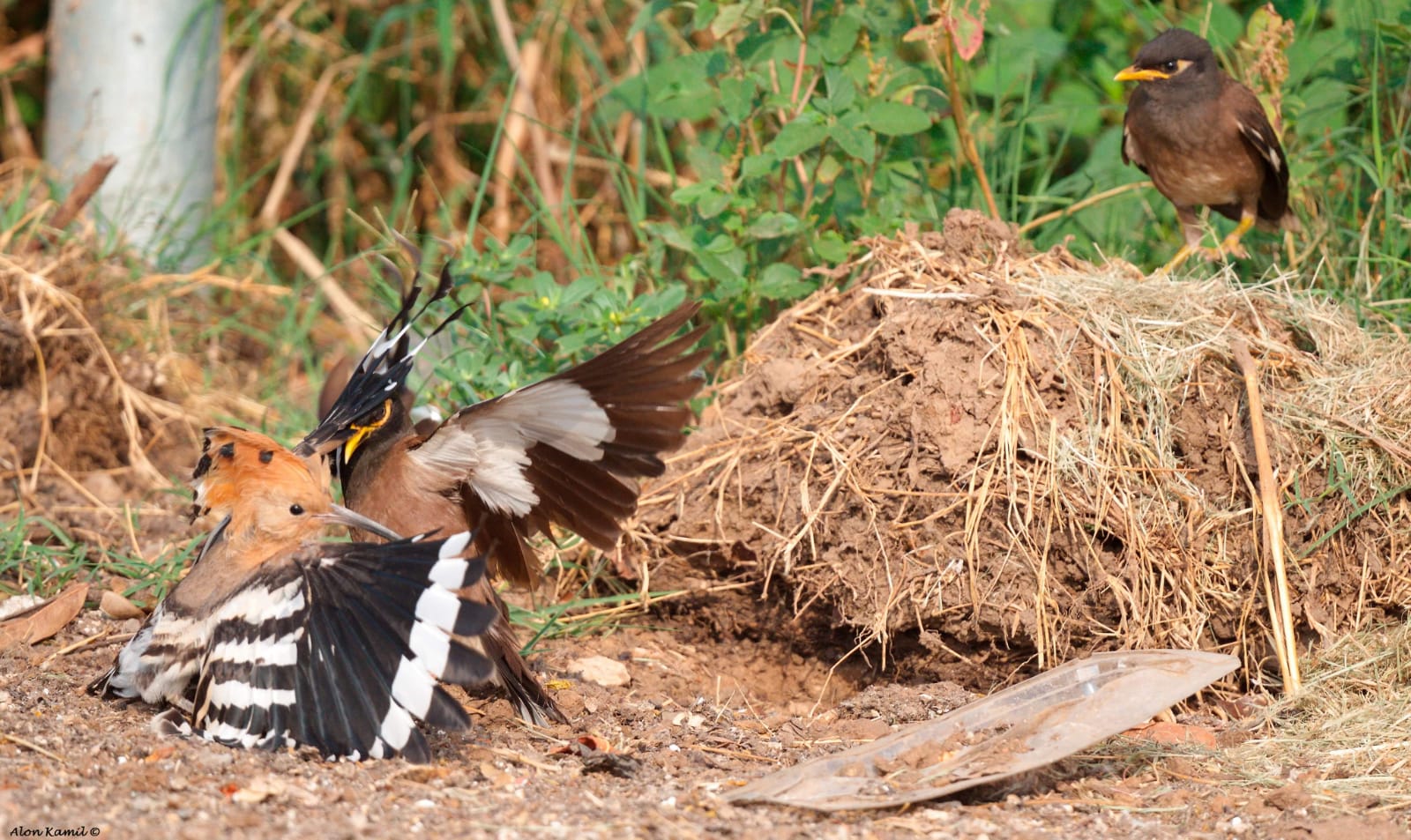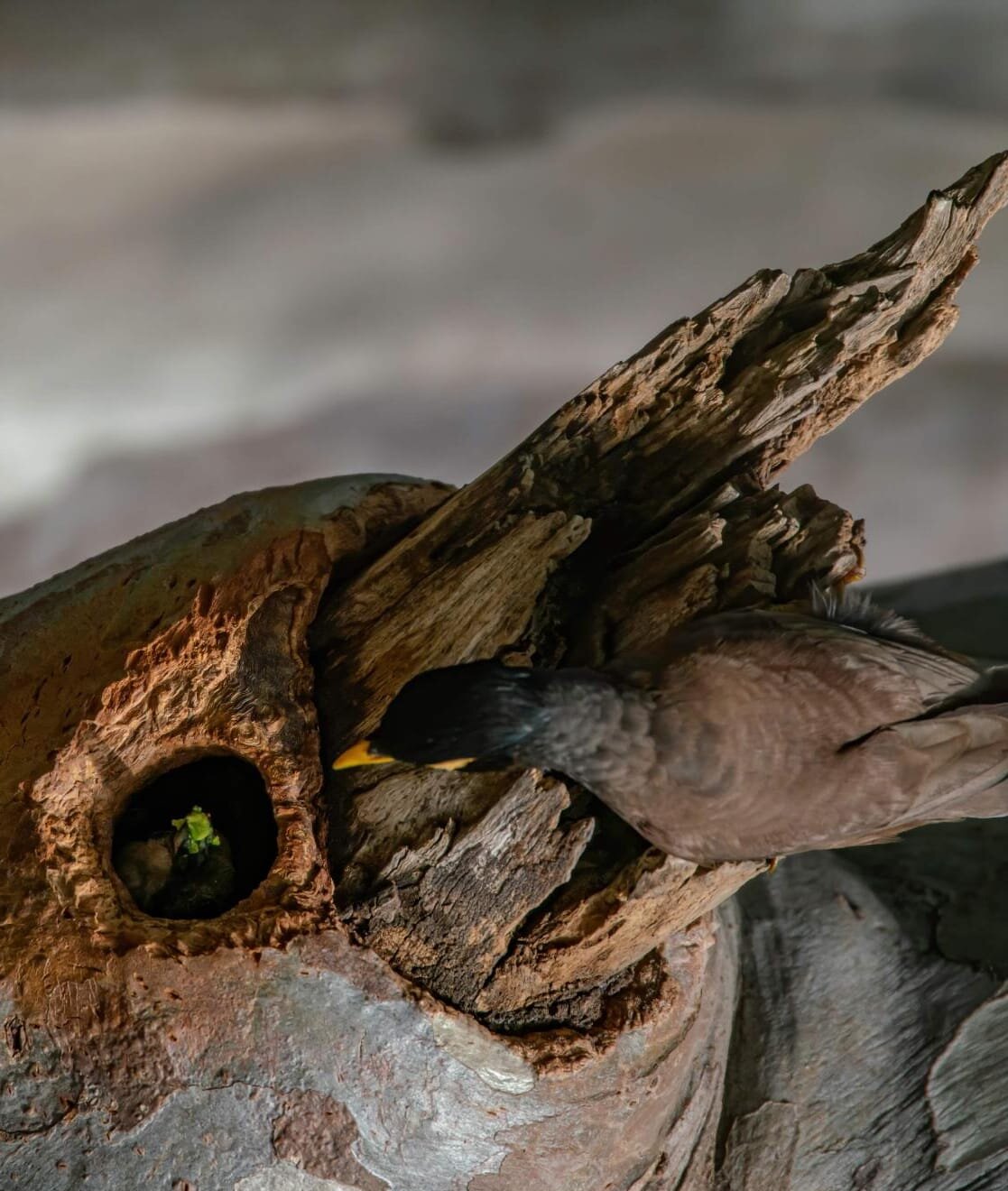Findings showed that trapping dramatically reduced myna abundance inside two protected areas (92.7% and 85.4% reduction in Ramat Hanadiv and Yarkon Sources National Park, respectively), with numbers staying significantly low even several months after trapping. An insignificant reduction found in the third site (Tel Afek National Park) may indicate that time-limited treatment may not be very effective for protected areas that are surrounded by urban environments with established myna populations. FIDs significantly increased after trapping in all sites, indicating trapping actions caused heightened vigilance that may lead to negative effects on individual fitness. In addition, significant differences in mynas’ habitat preference were found: mynas were more active in the buffer zone of Ramat Hanadiv than in the urban area adjacent to it and the highly modified recreation areas. This flags the problematicalness in management actions of a natural habitats to reduce the potential damage of fires to an adjacent settlement (i.e., grazing and mowing of dense vegetation that create open spaces), as these actions may encourage the penetration of invasive species into the natural area.
The empirical evidence found in current research imply that a relatively simple intervention in the form of cage trapping can dramatically reduce myna abundance for longer time than expected and can be used to manage myna populations in protected. In other words, it is possible to develop a management strategy to remove mynas from protected areas and thus mitigate their negative impacts. Further research is needed to understand the impact of myna mitigation on native communities to ensure the effectiveness of this method.






